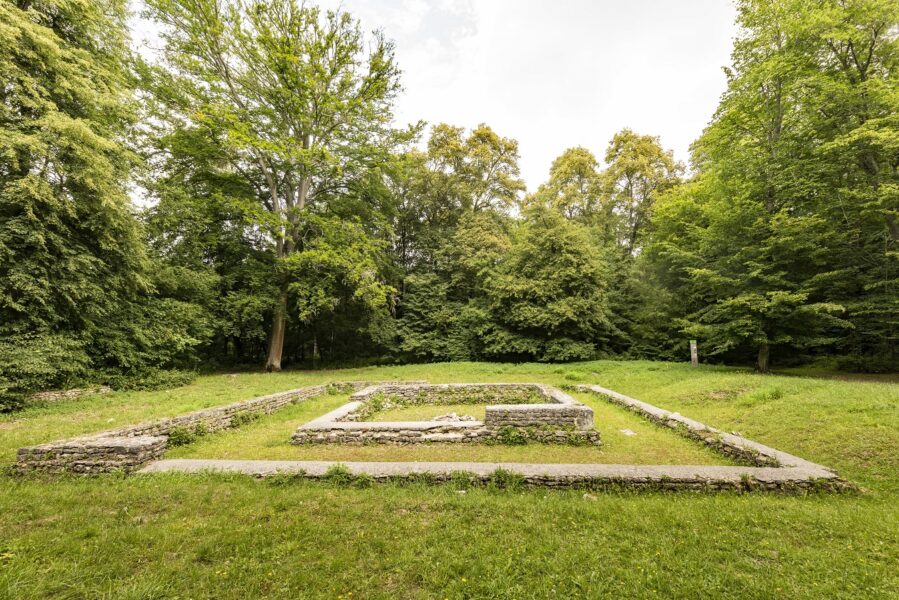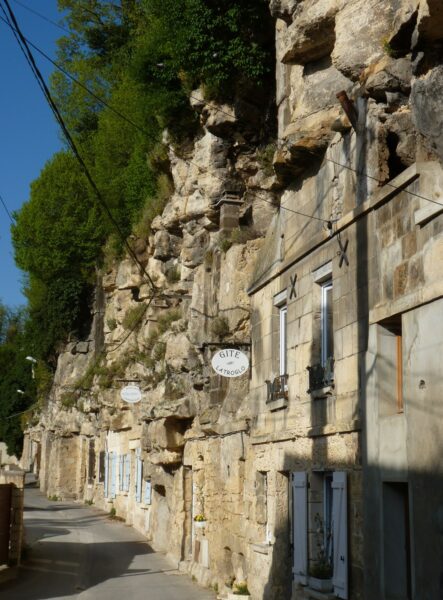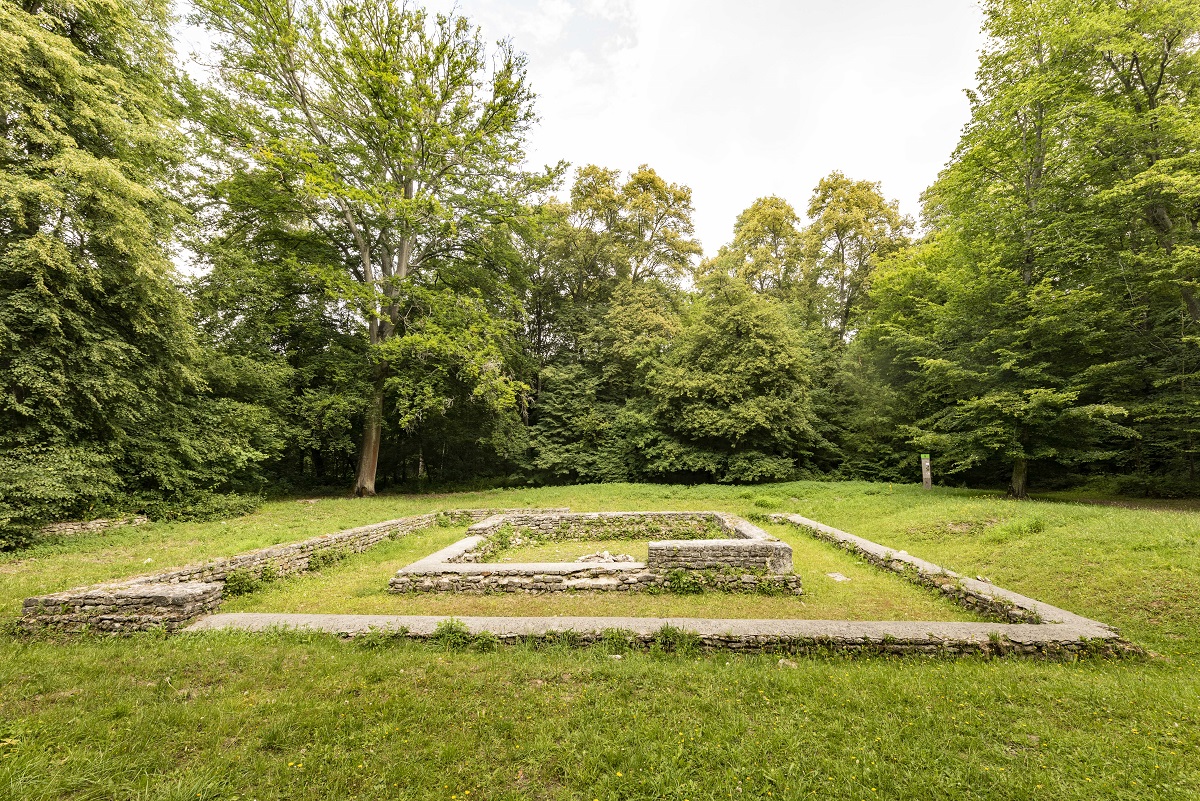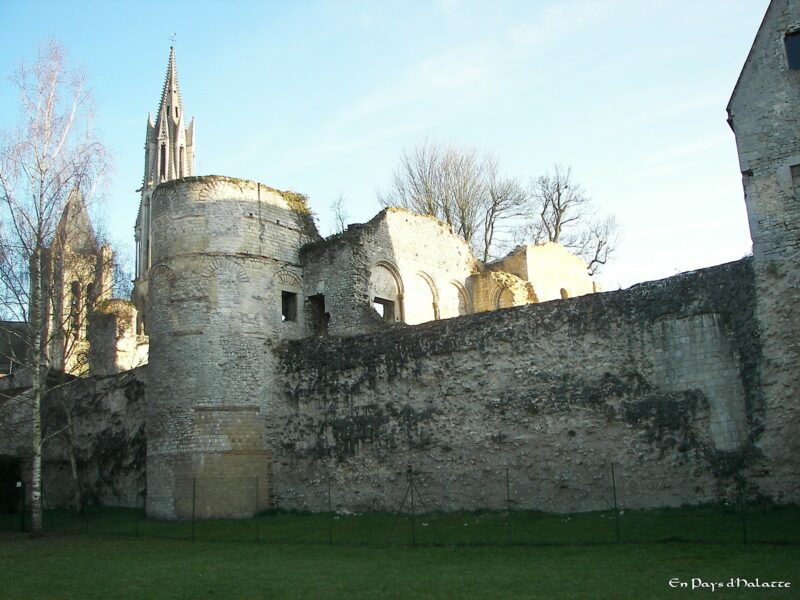Add to favorites
An age-old presence
Imagine the life of our ancestors! Menhirs, dolmens, Gallo-Roman remains, troglodyte houses, the Oise – Pays de France Regional Nature Park retains many traces of its former inhabitants. Dating from the Neolithic period through the Gallo-Roman Empire, they testify to an intense and often little-known human activity.
The oldest evidence of human presence in the area dates back to more than 100,000 years before our era (a skull). Although there are few remains from this period, the Neolithic, Celtic and Gallo-Roman periods were more generous.
Menhirs and dolmens
During your walks, you will discover several menhirs and dolmens with evocative names: the Queusse de Gargantua in Borest, the Demoiselles in Rhuis or the Pierre Longue in Bellefontaine and the dolmens of the commune of Presles with the famous Pierre Turquaise.

This covered alley is the largest and most famous of all the covered alleyways in the Paris region, which has become the archetype of burials associated with the Seine-Oise-Marne culture. It measures more than 12 m long, with an average width of 2.50 m and an average height of 2.20 m. The two entrance pillars are decorated with bas-reliefs. The best preserved is located on the left pillar. It is believed to be a schematic figure of the goddess of the dead.
Gallo-Roman period
- The town of Senlis is a perfect example of the Gallo-Roman era with its oppidum, its arenas and its wall. The fortification wall, which is still very visible, was the first wall built in the 3rd and 4th centuries to defend the important Gallo-Roman town of Augustomagus (Senlis) against Germanic invasions. This circular wall is 840 m long and punctuated by 28 towers (18 still standing). The usual Roman construction technique, which is clearly identifiable, alternates stone blocks and rows of bricks. The Museum of Art and Archaeology collects rich memories of these very ancient occupations.
- The Gallo-Roman villa of Buffosse (Verneuil-en-Halatte) and, above all, the ruins of the Gallo-Roman temple in the forest of Halatte (near Villers-Saint-Frambourg) are worth a visit. This votive healing temple was erected around the middle of the 1st century AD by a Gallo-Roman tribe, the Sulbanects (origin of the name Senlis). Their territory extends from Chantilly to Crépy-en-Valois. Around them, the landscape of this period is made up of small plots of land, cultivated or in meadows, surrounded by hedges of hazelnut trees with a few groves of lime trees. The Sulbanectes came to this place of worship, specialised in fertility, mainly to make healing wishes. They then offer figurative ex-votos hoping to be granted. The temple also plays a socio-economic role that favours “conciliabula” where commercial affairs as well as political arrangements are dealt with. It was excavated between 1873 and 1874, and again between 1996 and 1999. The objects discovered during excavations (ex-voto, rings, ornaments) are displayed in the beautiful vaulted cellars of the Museum of Art and Archaeology of Senlis.

Remarkably preserved troglodytic
Nestling on the hillside, dug into the limestone cliffs, the troglodytic houses of Saint-Maximin, Creil and especially Gouvieux were inhabited by modest families until the 19th century. This habitat, built at the entrance to former quarry galleries, provided them with effective protection from the heat in summer and the cold in winter. In Gouvieux, this atypical heritage has been refurbished to preserve local wines, serve as workshops for craftsmen or even as an accommodation. The street on the hillside offers a charming alignment of troglodytic houses with painted doors and shutters. The gardens on the other side of the street overlook the green valley.

To complete your visits:
Click here to download the app ‘rando Parc Oise’ to be geolocated and to find nice walks.
Add to favorites





